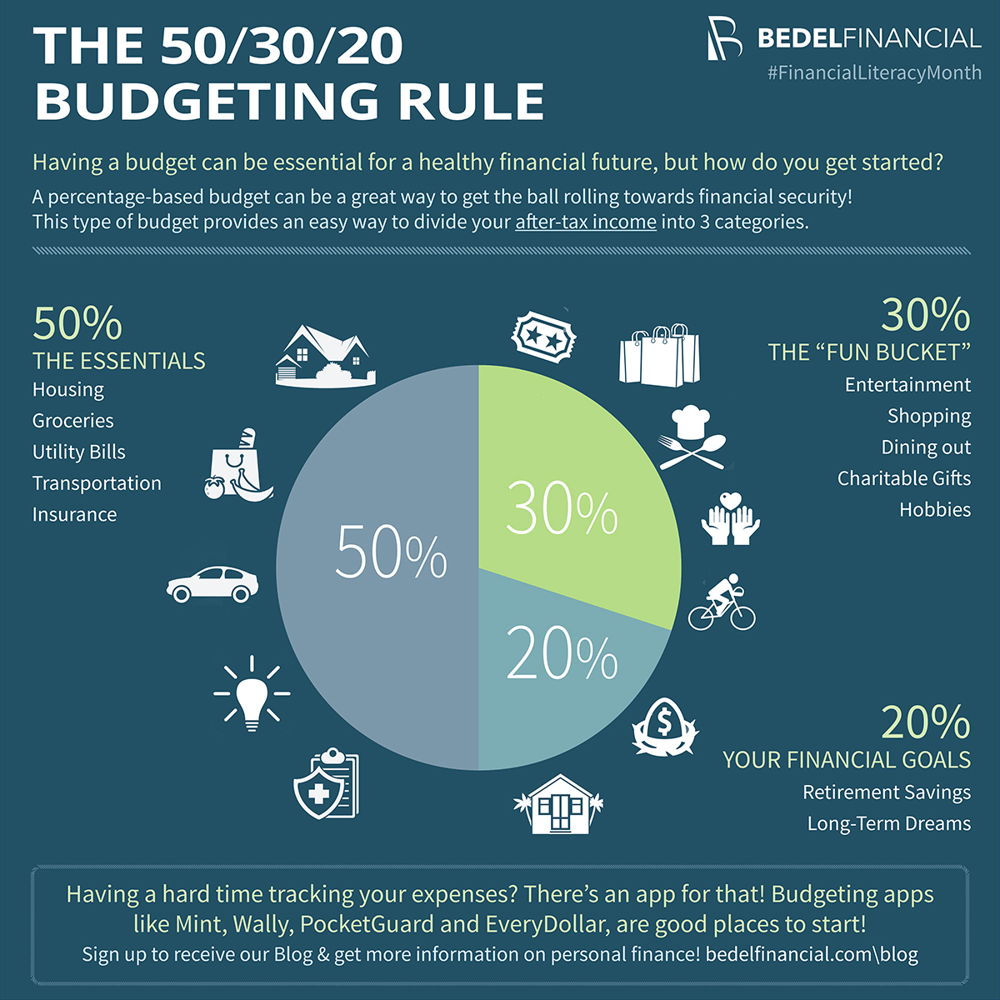
Saving and Budgeting Basics
Surprises Are Nice—But Not When It Comes to Your Money
If you’re scrambling to pay the bills each month, you may want to consider implementing a budget. A budget helps you stay on top of your finances and avoid the stress of unexpected expenses. Here are three methods from our partners at TIAA to manage your monthly bills and expenses:
1. Fixed and Flex Budgeting
This budgeting technique groups your expenses into two categories: fixed and flex.
- Fixed expenses are necessities that remain consistent each month, such as food and utilities.
- Flex expenses are discretionary items, such as a new watch or a spa day.
To build your fixed and flex budget, follow these four steps:
- Gather 6 to 12 months of bank statements, receipts, and other financial records.
- Separate those expenses into fixed and flex categories.
- Add up your monthly fixed expenses, then subtract that total from your monthly income.
- The remainder is your available flex spending money.
This approach ensures that your essentials are covered first, leaving you with a clear picture of what you can spend on extras.
2. The 50/30/20 Rule
The 50/30/20 rule is another popular budgeting technique that divides your monthly income into three categories:
- 50% goes toward necessities (e.g., housing, student loans, utilities).
- 30% goes toward non-essential spending (e.g., entertainment, hobbies, travel).
- 20% (or more, if possible) goes toward savings and paying down debt.
This method is simple and effective, but be careful not to confuse non-essentials with necessities. Dining out several times a week might feel essential, but it’s actually a non-essential spending choice. Use this rule as a guide to balance your spending and ensure you’re prioritizing savings.

3. Track Expenses
Tracking your expenses provides the most insight into where your money is going. This method can take more time but helps you understand your spending habits. Here’s how to do it:
- Create categories: Use a spreadsheet, online tool, or even a notebook to create columns for your spending categories (e.g., groceries, gas, utilities, medical, entertainment, childcare). Add categories for miscellaneous expenses and savings.
- Divide your income: Allocate your monthly income across the categories, making sure to cover your necessities first.
- Track and adjust: Each time you make a purchase, record it in the appropriate category. If a category runs out of money before the month ends, stop spending in that category and consider moving funds from other categories to cover your expenses.
This method is detailed, but it provides an accurate reflection of your spending patterns and can highlight areas for improvement.
Stretch Your Money in Many Directions
The goal of budgeting is to ensure you cover necessary monthly expenses while saving for the future. By implementing one (or all) of the above budgeting strategies, you can build a strong financial foundation. With consistent effort, you’ll hopefully have some extra cash to reward yourself for your smart financial habits.
TIAA Resources
Inside Money Workbook
This workbook will guide you through creating and managing a budget by assessing your income and expenses and building a budget!
Budgeting Worksheet
A worksheet yo help track your expenses to help you reach your current and future goals.
Take the Next Step Toward Financial Wellness
Looking to enhance your financial habits? Join us for these opportunities as part of the Financial Literacy Month:
Manage your Money: A Practical Guide to Handling Your Finances
April 9, Noon – 1:00 p.m. / Zoom
Develop a spending plan and budget to improve your financial health with BECU.
Understanding Your Credit with HomeStreet Bank
April 24, Noon – 1 p.m. / Zoom
Discover what influencing your credit score and strategies to improve your credit score with HomeStreet Bank Affinity Program.
How to Financially prepare for the Unexpected with Fidelity
April 28, Noon – 1:00 p.m. / Zoom
This session will focus on emergency financial planning, adapting to income changes, and strengthening financial resilience.
Investing Fundamentals: An Introduction to Investing with TIAA
April 29, Noon – 1:00 p.m. / Zoom
Learn the basics of investing and gain insights into retirement planning and investment strategies.
30-Day Financial Wellness Challenge
Ongoing
Access a checklist of 30 practical steps, from budgeting tips to credit score checks, to improve your financial wellness.
Schedule a Free 1:1 Appointment with Your Retirement Provider
Additionally, as a UW employee, you have access to free one-on-one consultations with retirement providers like TIAA and Fidelity. Take advantage of this benefit to review your retirement savings plan and ensure you’re on track to meet your future financial goals.
Take control of your future today—schedule your free appointment!